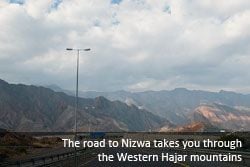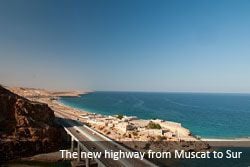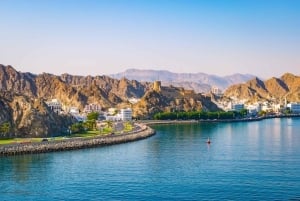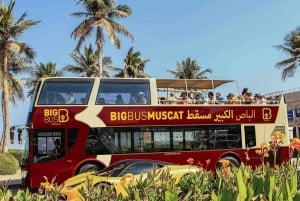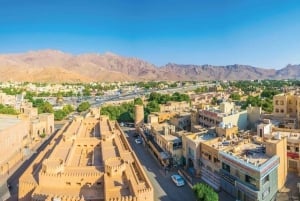Highways in Oman
Oman is served by an ever-expanding network of roads and highways, around and even through the mountains.
The main highway, Sultan Qaboos Street, is the trunk road and runs through the city of Muscat. The road continues North West, following the coast, and forks near Shinas. One route heads inland to Wadi Hatta while the other heads for Fujairah.
The highway is interspersed with roundabouts approximately 7km apart. Each roundabout has a name and features a large sculpture, water fountain or monument. Residents who travel the roads regularly are known to have a favourite roundabout!
Other smaller roads are well maintained but are often ripped up as part of expansion plans or nearby construction. There may be stretches of gravel in place of black top on some routes but roads are continually being upgraded.
The Southern Express Highway opened in November 2010 and is expected to take the bulk of the heavy goods traffic off Sultan Qaboos Street, easing congestion within the city. It runs parallel to Sultan Qaboos Street, linking Qurum with Al Naseem near Barka and totals 55km in length. There are 12 interchanges connecting the expressway to different areas of Muscat and it will link Batinah and Dakhiliya regions with the Capital.
Driving on Oman’s roads is calm compared to some other countries in the region but may scare some visitors and new residents! Traffic rules are not always obeyed so extra caution and vigilance is the key to a safe journey.
Drivers from Dubai can enter Oman through the Al Wajaja/Hatta border, from Al Ain through the Al Jizzi border and from Yemen through the Al Mazyona border.
There is a zero tolerance towards drinking under the influence and severe penalties imposed on those who break the law. The government has also implemented different campaigns to promote road safety, especially the wearing of seatbelts.
Carry your documentation with you at all times, as you will be asked to produce it in the event of an accident.



